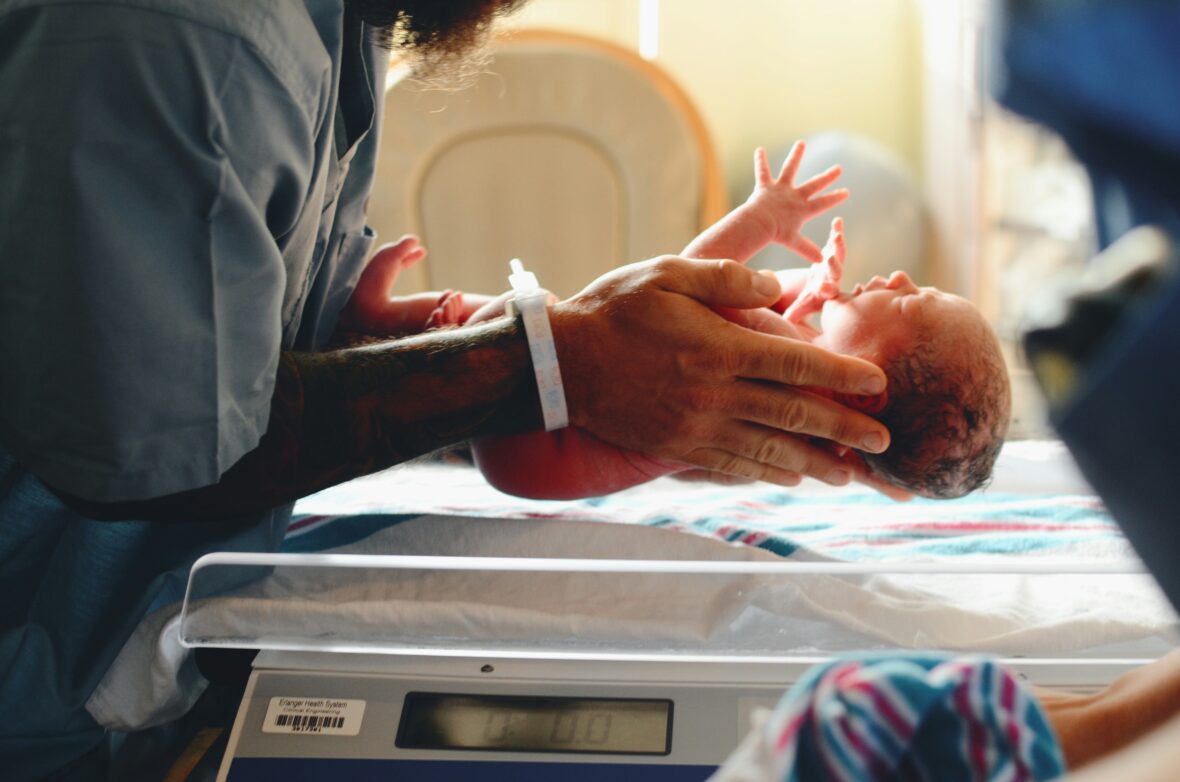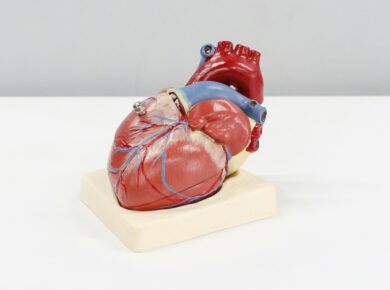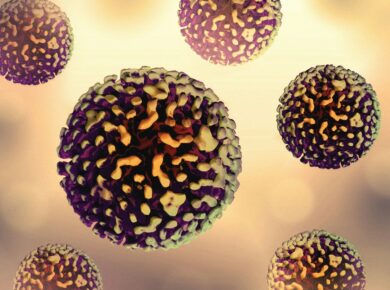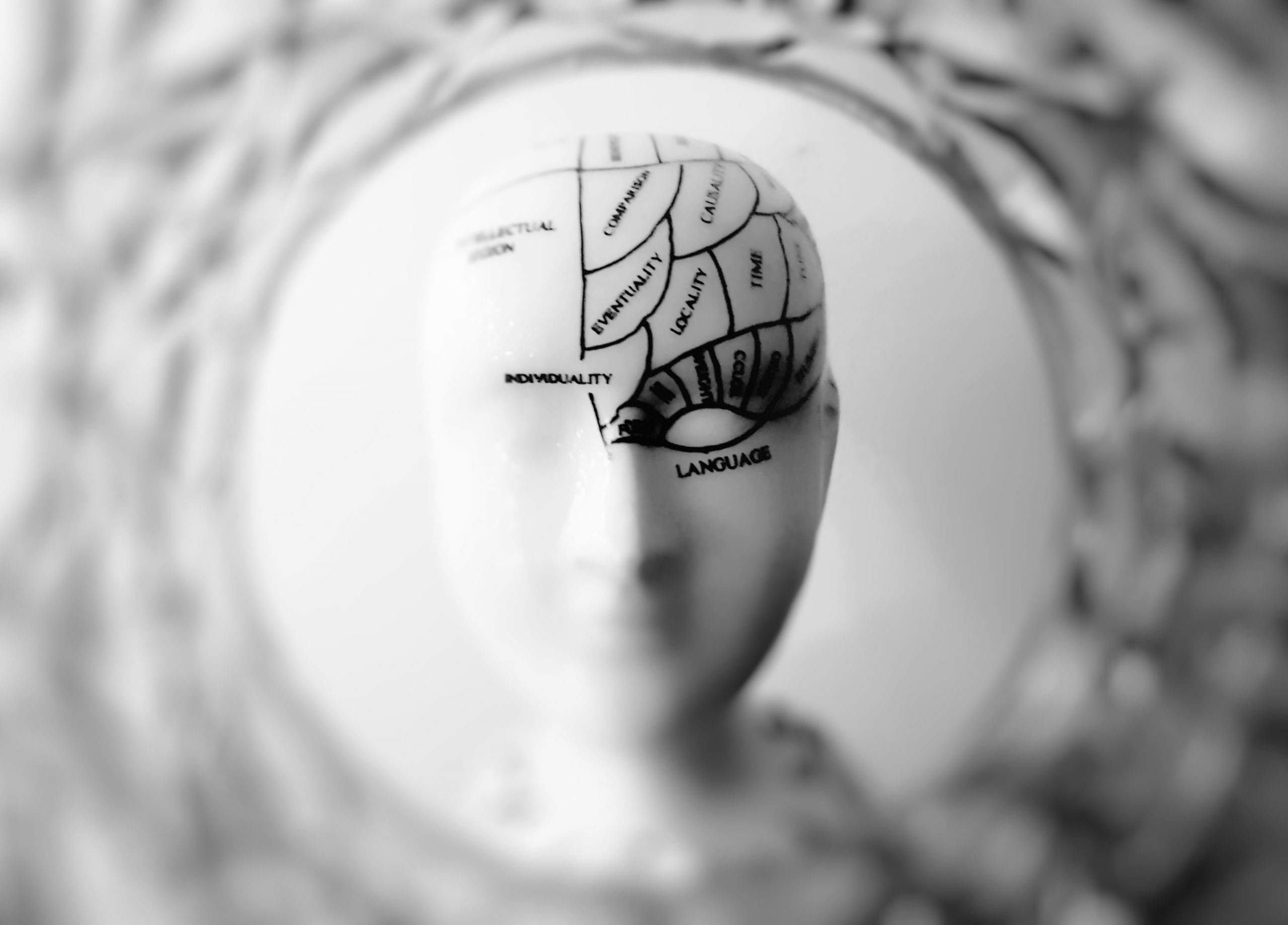It is a well-established fact that genetics is directly linked to human growth, or more specifically, such factors as facial structure, and ability to develop specific diseases. Genetics: one of its biggest effects is on birth defects which are structural or functional anomalies at birth.
Although some birth defects result from environmental factors, many are genetically inherited or are mutations of the genes that develop after the parents are conceived. This article raises questions and brings clues about genetics and birth defects including the etiology, process, categories and prevention and control of birth defects.
What Are Birth Defects
Congenital abnormalities or congenital malformations are diseases that a child is born with and usually develop in the mother’s womb. These may also occur in any areas of the body such as the heart, brain, spinal cord, limbs and organs among others.
These abnormalities can also vary from mild to severe, which means that an individual can be born with deformed physical features, impaired organs or a low IQ.
Congenital anomalies are not rare and the WHO indicated that about 3-4 % of newborns across the world are born with a congenital anomaly. It means that these anomalies may be identified before the baby is born (prenatal), at the time of birth or at later stages of development.
The Genetic Basis of Birth Defects
Humans are made up of trillions of cells or organic units every individual cell is composed of one set of DNA which is commonly referred to as the human blueprint. DNA is arranged in the form of genes and genes in their turn are present on chromosomes.
Humans bear 23 pairs of chromosomes, that is one set from each of the parents. Genes are responsible for conveying information on how proteins should be formulated and these proteins are vital in the formation of body organs, growth, development, and exercising functions of cells’ tissues and organs in the body.
Any time genetic mutations or abnormalities take place, a fetus may fail to develop properly and might result in birth complications. These genetic abnormalities can occur in several ways:
Single-Gene Mutations
They are also called Mendelian disorders and mostly originate due to an alteration of a single gene. These mutations may therefore be of genetic inheritances from either or both parents or might develop at the time of fetal formation.
There are also some disorders which are solely due to mutations of a single gene and that can cause birth defects including cystic fibrosis, sickle cell anemia and Tay-Sachs disease.
Chromosomal Abnormalities
Chromosomal abnormalities pertain to a condition where there are several chromosomes or the chromosomes have a structural rearrangement. This can be exemplified by Down syndrome which is occasioned by an additional of chromosome 21.
Other chromosomal abnormalities that affect individuals include Turner’s syndrome or Klinefelter syndrome in which an individual has missing or additional sex chromosomes.
Multifactorial Inheritance
Most of the birth defects are caused by genetic and environmental factors. This type of inheritance is referred to as multifactorial inheritance.
AIDS is an example of a disease that results from a gene and environmental factors and about which much is yet to be understood Neural tube defects such as spina bifida are examples of diseases which are influenced by genetic factors and maternal folate deficiency during pregnancy.
New (De Novo) Mutations
In some cases, the defects are not genetic and are called sporadic which means that they develop from a new mutation and are not passed from either parent.
Such mutations can occur randomly at any time, at the formation of gametes or after their formation, but before the formation of the organism. This kind of mutation may lead to such diseases as Noonan syndrome or achondroplasia which is a type of dwarfism.
Types of Genetic Birth Defects
The atypical development of the human body during the fetal stage may relate to infectious diseases or simple genetic birth defects that can be structural, or related to metabolism. Below are some of the most common categories of genetic birth defects:
Structural Birth Defects
Structural birth defects are those that result in the abnormal development of a part of the body thus resulting in physical disabilities. These defects can be all over the body including the heart and limbs, face, neck, and upper part of the body. Examples include:
Congenital Heart Defects
These are the most prevalent type of congenital anomalies and are found in approximately one per cent of all births. Some of them include congenital heart disorders, such as tetralogy of Fallot or ventricular septal disorders, which entail structural abnormalities in the heart.
Cleft Lip and Palate
This condition develops when the tissues of the upper lip, as well as the roof of the mouth, do not join entirely when the fetus is forming, hence forming a gap or a split.
Spina Bifida
A congenital disorder of the neural tube system that is characterized by a failure of the spinal cord to develop or close perfectly; it results in a wide range of impairments.
Metabolic Birth Defects
Metabolic birth defects are disorders which occur at birth due to the improper functioning of enzymes to metabolize substances in the body. These disorders are usually inherited, and they are caused by changes to a single gene; they become serious if not diagnosed at an early age. Examples include:
Phenylketonuria (PKU)
An inherited metabolic disorder in which the body cannot metabolize phenylalanine – an amino acid, which if left untreated, results in intellectual disability.
Galactosemia
An Autosomal Recessive disorder impairs the body from metabolizing galactose, a product from milk and products from dairy, leading to liver failure, development of intellectual disability, and many more complications arising from the genetic disorder.
Chromosomal Birth Defects
Chromosomal birth defects are those which are caused by a problem with the chromosomes as has been stated earlier. Such defects may result in developmental milestones delay, low intelligence, and the presence of congenital anomalies. Examples include:

Down Syndrome
With features such as mental delay, facial features and increased susceptibility to certain diseases, Down syndrome is a result of an additional part of chromosome 21.
Turner Syndrome
A condition that occurs specifically in females due to, the lack of the presence of a normal X chromosome. Congenital adrenal hyperplasia can lead to at least size, infecundity, and cardiac anomalies.
Somatic Genome Stability and Effects of Genes
Some inherited disorder affects multiple systems in the body and leads to multiple symptoms and defects. Examples include:
- Marfan Syndrome: One of the diseases that affect the connective tissues of the body, particularly the heart, eyes, skeletal system, and blood vessels. Light-built, with long limbs and fingers, and tall stature; they are more so prone to developing severe complications in the heart.
- Noonan Syndrome: An inherited disease that may lead to distinct facial configuration, short height, cardiac abnormalities and learning disabilities.
Causes of Genetic Mutations Leading to Birth Defects
Different causes can be attributed to genetic mutations and therefore, understanding its causes is a key to controlling births with defects. Some common causes of genetic mutations include: Some common causes of genetic mutations include:
- Inherited Mutations: Most of the time, genetics involve the alteration of genes and are inherited from parents to their offspring. If both individuals that are the parents have a recessive gene for a disease, then there are 25 percent chance of the child being born with the disease.
- Spontaneous (De Novo) Mutations: Heredity mutations are those mutations which develop at the time cell division is taking place or in the initial stages of the development of an embryo. These mutations are somatic and therefore not inherited but these can lead to rather severe diseases.
- Environmental Factors: The mutations are mostly random, but some factors influence the appearance of the abnormal genes, these include; Other environmental factors that may lead to birth defects include radiation exposure, certain chemicals and effects of smoking as well as maternal infections during pregnancy.
Diagnosing Genetic Birth Defects
Several congenital abnormalities are easily identifiable before birth, thus various screening and diagnostic methods are used. It can also determine the probability of occurrence of certain conditions as well as provide a conclusive determination of the condition present. Common tests include:
Ultrasound: An ultrasound method that could be useful in identifying structural conditions that are present at birth such as heart diseases or spinal bifida.
Amniocentesis: A procedure where a sample of the liquid surrounding the fetus is taken with a view of testing for chromosomal defects such as Down syndrome.
Chorionic Villus Sampling (CVS): A procedure in which a small piece of tissue is taken from the placenta to check the chromosomes of the baby and whether the baby has any congenital malformation or not.
Non-Invasive Prenatal Testing (NIPT): A screening test in which fetal DNA is extracted from the mother’s blood sample to determine whether the fetus has structural anomalies.
Physicians may use molecular tests, physical examinations, and assessments of a newborn’s family history to identify a genetic disorder.
Managing and Preventing Birth Defects
While not all birth defects can be prevented, certain measures can help reduce the risk: While not all birth defects can be prevented, certain measures can help reduce the risk:
Prenatal Care: It is also important for a woman to visit the doctor frequently to ensure the child’s well-being is observed and problems if any are seen early.
Folic Acid Supplementation: Before and during pregnancy folic acid can decrease the probability of developing neural tube disorders such as spina bifida.
Genetic Counseling: People with a family history of genetic disorders may need to undergo genetic counselling for evaluation of their gene status and the likelihood of other genetic disorders being inherited.
Avoiding Harmful Substances: It is worthy of note that pregnant women should refrain from smoking, alcohol and other related chemicals to minimize the chances of birth deformity.
If there are some defects, then the birth defects must be detected at the earliest stage possible. Doctors can diagnose the child and prescribe medicine, operation, physiotherapy, and speech therapy which can reduce the level of discomfort that the child with genetic birth defects experiences.
Conclusion
It is necessary to underline that genetics and birth defects are concepts that are closely connected and scientific research in the sphere is still in progress.
However, the causes of congenital anomalies are significantly associated with genes although, there is a need to establish how genes interact with the environment to affect birth outcomes.
Prenatal diagnosis, genetics and other techniques provide excellent prognoses preventing or managing most of the birth defects a situation that promotes the quality of life for such individuals.
As research advances in identifying the genes that cause these disorders, there will be hope in preventing such diseases or in coming up with the appropriate treatments that will enable the children and or the families who are affected by such birth defects to have a better future.










